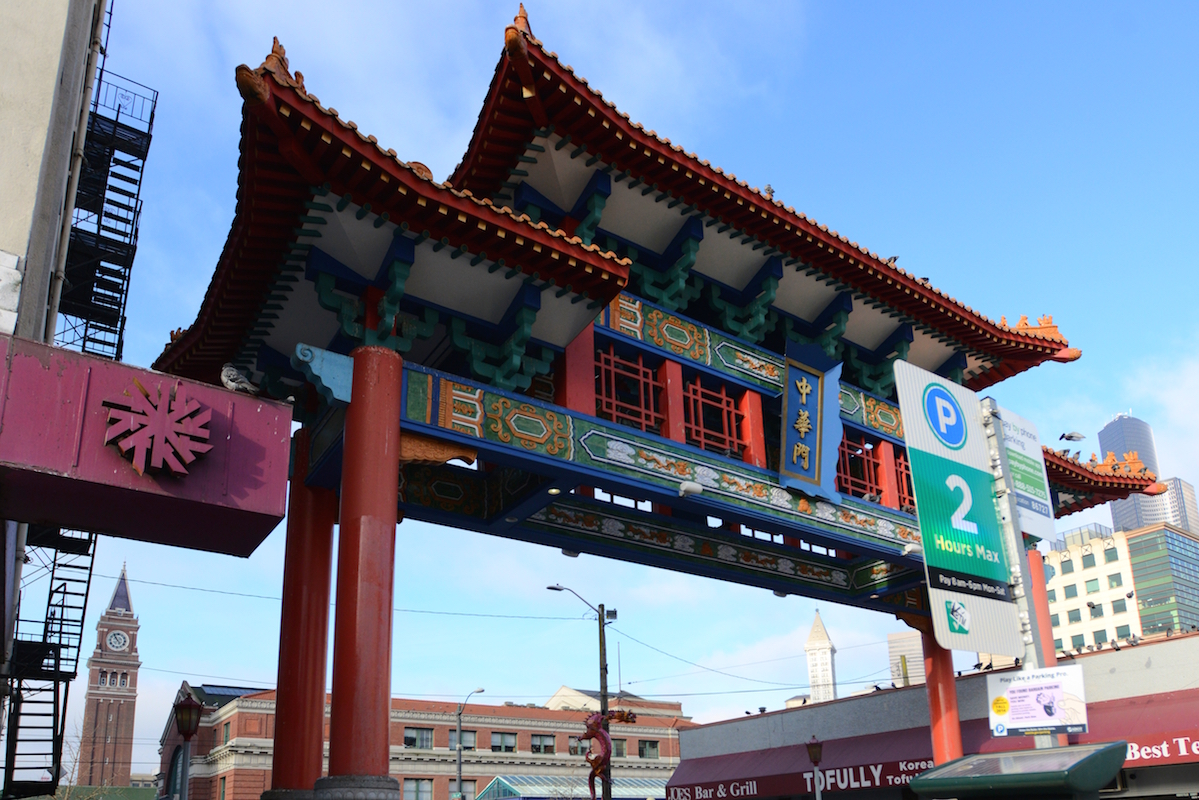
Despite a city of Seattle goal to have about a third of the city covered by a canopy of trees, its communities of color have not been getting the same amount of tree cover as neighborhoods with fewer minorities, a city study found.
According a story by Investigate West, which was the first to report the city’s study, one neighborhood where this disparity is clear is Chinatown-International District, where 10 percent of the neighborhood has tree coverage and about 80 percent of the neighborhood residents are nonwhite. The neighborhood’s tree coverage is behind that of other residential areas, and behind other areas with a combination of retail, business and residential, according to the study.
Seattle’s tree coverage overall is 28 percent, which already puts it close to hitting the city’s goal of 30 percent coverage by 2037. Areas where tree coverage was lower than in the Chinatown-International District included downtown and industrial areas.
Jill Mangaliman, the executive director for the environmental justice organization, Got Green, told Investigate West that the correlation could be a result of communities of color being forced to occupy the least livable neighborhoods.
“[C]ommunities where folks of color have been able to live are usually the most polluted areas … so it doesn’t surprise me that a lack of green space is part of it as well,” Mangaliman told the publication.
A greater number of trees in a neighborhood can help decrease the heat retained by urban surfaces such as concrete and metal. That heat can increase air pollution, raise the costs of air conditioning and worsen health conditions affected by pollution and heat, according to the city.
Nonprofit news organization Investigate West has been following the tree canopy beat since 2016.
Robert McClure, the executive director of Investigate West, told The Seattle Globalist in an email that the environmental justice angle became apparent after the city’s analysis came to light. In addition, with the tip that Seattle City Councilmember Rob Johnson plans on strengthening the city’s tree ordinance, it had a timely news peg.
“Johnson’s legislation contemplates charging for some trees that are cut down and using that money to plant trees somewhere else,” McClure said in an email. “Since the city’s own study shows this racial and class disparity, we thought it worthwhile to do a story on this environmental justice angle.”
The story has now been published on the Seattle Weekly and is gaining traction on social media. While most of the attention has been positive some is less so.
The Seattle media has decided trees are now racist agents of white power: #lunacy https://t.co/EsFLewBERE
— Space Force Pvt. Stan (@Roberty2009) April 24, 2018
Read Investigate West’s coverage: Seattle minorities shorted on tree canopy, city study shows

